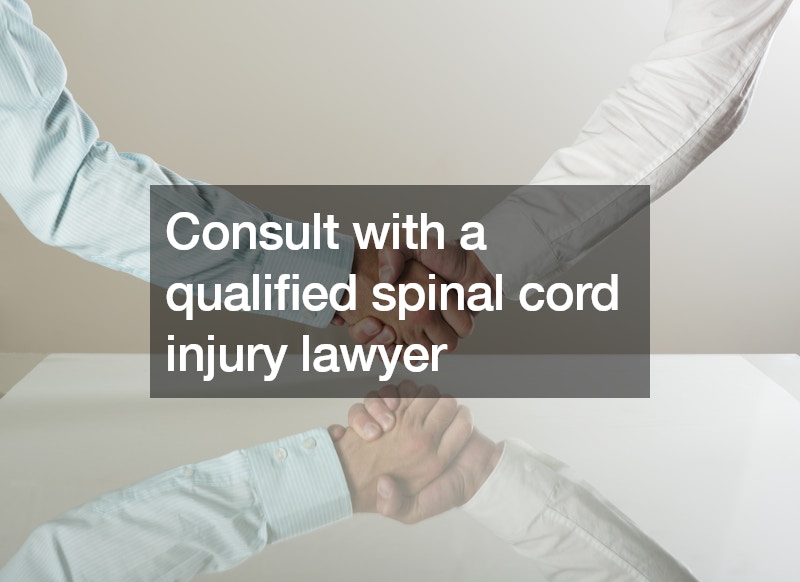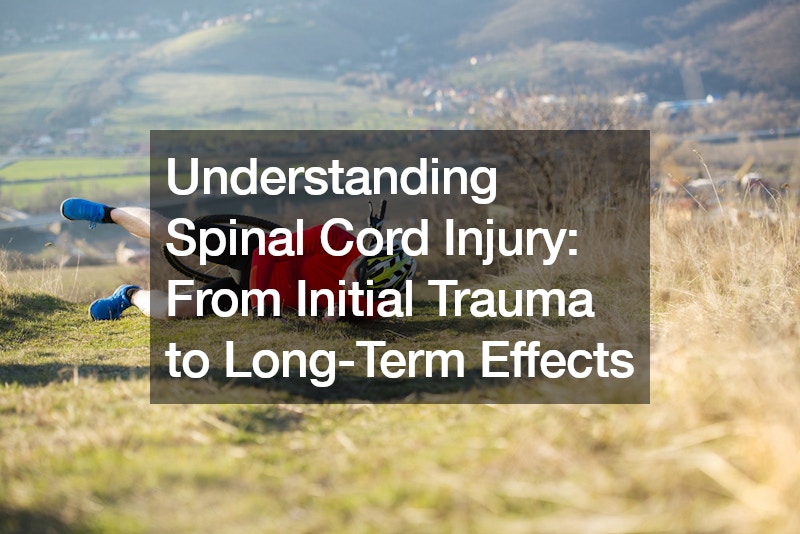Understanding Spinal Cord Injury From Initial Trauma to Long-Term Effects

Spinal cord injuries (SCIs) are life-altering events. Understanding the different phases of an SCI and the potential for long-term effects is crucial. The injury can be divided into two main phases: primary and secondary injury.
The primary injury occurs at the moment of impact. This direct mechanical trauma can be caused by bone fragments compressing the spinal cord, disrupting axons (the part of neurons that transmit signals) and cell membranes.
The severity of the primary injury directly impacts the potential for recovery.
The secondary injury unfolds in the minutes to months following the initial trauma. This complex cascade of events is what makes SCIs so devastating. It includes:
- Vascular damage: Blood vessels supplying the spinal cord get damaged, limiting the oxygen and nutrients reaching cells. This lack of vital resources leads to cell death.
- Glutamate excitotoxicity: Glutamate is a neurotransmitter, but excessive amounts can be toxic, triggering further cell death.
- Inflammation: The body’s attempt to clean and repair the injury can backfire. Inflammation can damage healthy cells and contribute to scar tissue formation.
- Scar formation: Glial scar tissue forms around the injury site, attempting to wall off the damage. However, this scar tissue also blocks the regrowth of axons, hindering potential recovery.
Thankfully, research on spinal cord repair and regeneration is ongoing. Some promising areas include:
- Autophagy: Boosting the body’s natural way to clean up damaged cells.
- Blocking excess ion flow: Medications to prevent excessive sodium and calcium from entering cells.
- Glutamate receptor blockers: Strategies to prevent overstimulation by glutamate.
- Modulating inflammation: Promoting beneficial inflammation while minimizing scar tissue formation.
If you or a loved one has suffered an SCI, consulting with a qualified spinal cord injury lawyer is essential. These lawyers specialize in understanding the complexities of SCIs and the legal ramifications. They can help navigate the legal system, fight for the compensation you deserve, and connect you with necessary resources for your long-term recovery.
Remember, while the initial trauma is devastating, understanding the different phases of an SCI and the ongoing research efforts offers a glimmer of hope for the future. Consulting with a spinal cord injury lawyer can empower you to navigate the legal complexities and secure the resources needed to move forward.
.

